Posted on |
The second-best tool for photobiomodulation
(and it’s also the second-cheapest)
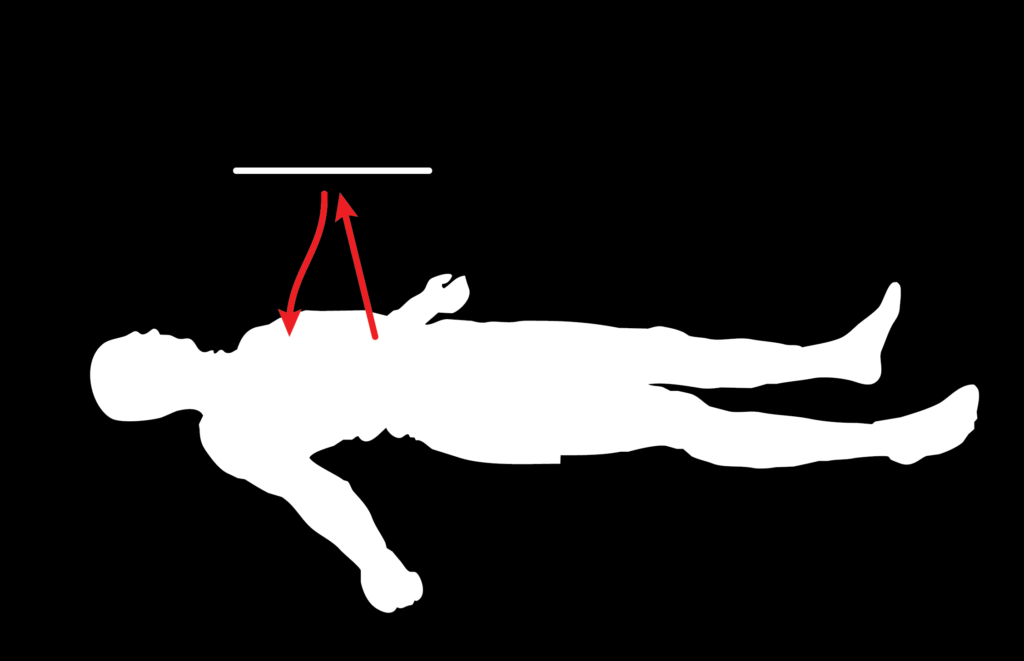
Hands down the best way to enjoy health benefits from near-infrared light (loosely termed photobiomodulation) is by being out in daylight. Plus it costs nothing.
As an alternative, we mainly hear about electric light sources, or maybe fire. But there is an even simpler and cheaper way to boost one’s recovery capacity: the humble emergency blanket.
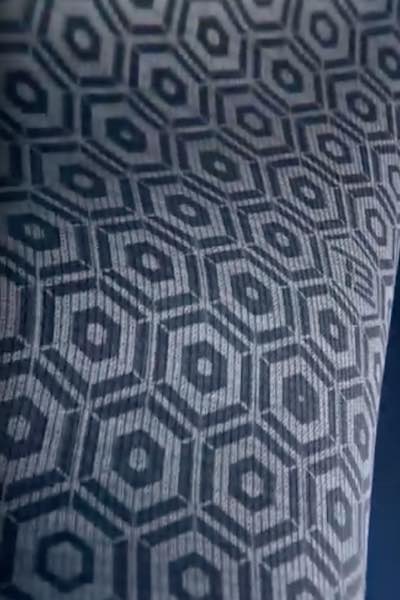
The concept of reflecting the body’s own infrared emission is widely used in sports clothing and has been shown to provide benefits for both exercise performance and recovery during sleep. Although the mechanisms are not fully understood, there are a few known ways in which near- and far-infrared radiation can improve mitochondrial functioning and microcirculation.
These products are rather complicated and expensive (north of $50) — but the same sleep and recovery enhancing effect can be achieved for less than $5 by placing an emergency blanket over your regular blanket.
The function of an emergency blanket is to reflect the majority of electromagnetic radiation across the spectrum from UV through visible to far-infrared. It’s basically just aluminum foil with some plastic over it, in order to prevent it from cracking (too easily… more on this later).
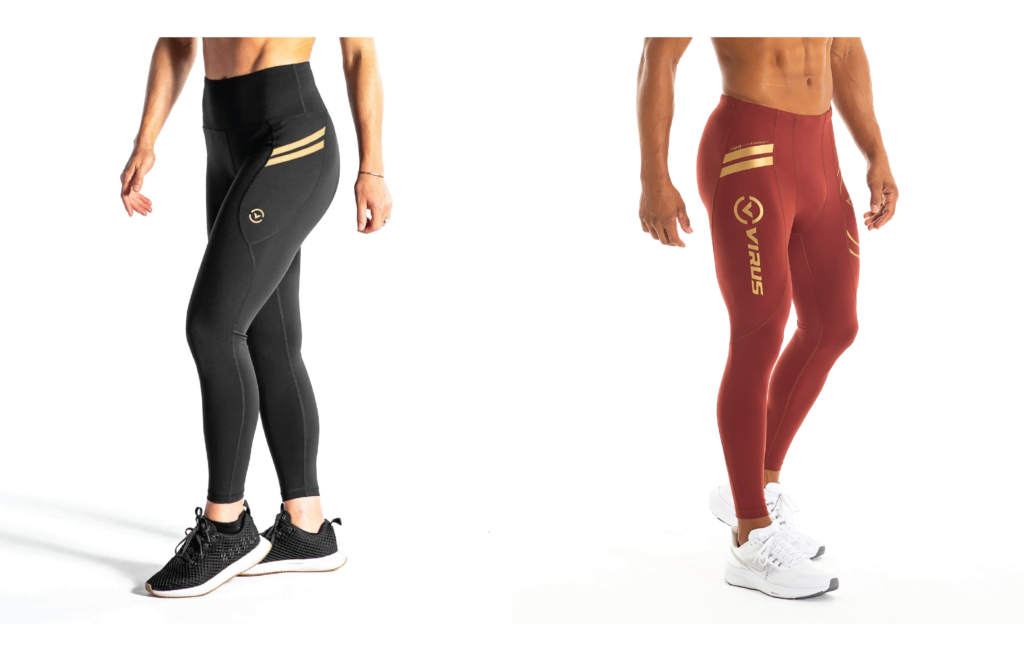
Photobiomodulation
Although the purpose of emergency blankets and bioceramic clothing are different, their photobiomodulation effects must be very similar (is there any comparison somewhere?). The idea is that the human body produces radiation across the infrared range (and even shorter wavelengths), and reflecting these back into the body increases their effect.
While the heating consequence of far-infrared radiation is easier to grasp, there is also speculation that near-infrared biophoton emission plays a different role, one that has to do with the regulation of metabolic functioning, being a vehicle for communication and repair between cells.
There is also an argument, however, against making a connection between photobiomodulation (as we know it from therapeutic applications) and biophoton emission, since the latter is so much weaker that any ambient light can easily overpower it — so how would cells make a difference between the informational content of photons from other cells vs. from light sources external to the body? Along this line of thinking though, we could also contemplate if such intercellular communication may gain more significance at night, when ambient light is absent (ideally).
Information or just energy?
Two more speculative points to this:
- Our ancestors lived in close communities, so sleeping without anyone near is certainly a more frequent occurrence in a modern society. Reflecting one’s own radiation is basically just boosting the radiation within the body that is happening anyway (as opposed to, potentially, new information through biophotons from another person or light from some source). Nevertheless, it does seem to enhance recovery.
- We also know that tissue stress generally increases biophoton emission, which may be mimicked by reflecting whatever light exits the skin.
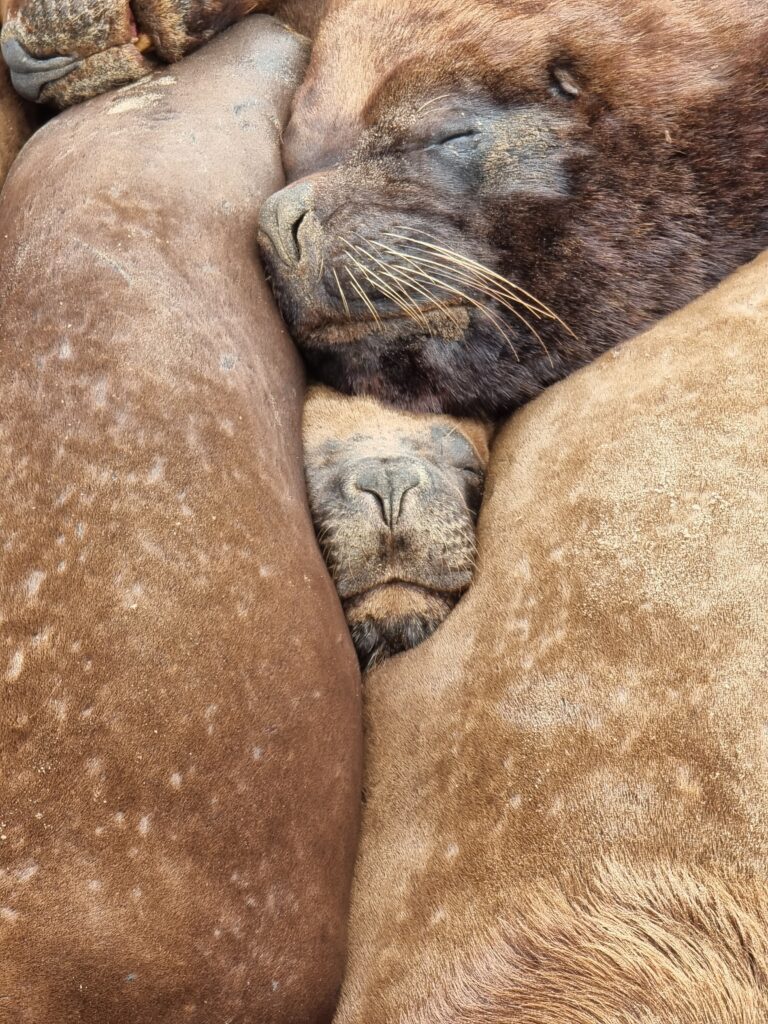
Therefore, it is feasible that the positive recovery effects have to do with more than just decreased energy loss through heat preservation (a role that regular blankets can also fulfill).
In other words, if all the observed benefits of bioceramic clothing were only due to heat preservation, any warm clothing should have the same effect (which is not the case).
How to
The easiest way to use it is to lay it over your top blanket, but you can also put it under your sheet, especially if that sheet is not too thin. As it reflects the vast majority of radiation throughout the infrared range, it doesn’t really matter if the gold or silver side is towards you (some blankets don’t even have two colors). However, it is advisable that there is some layer of clothing or regular blankets between your skin and the emergency blanket (at least if you want to feel warmer). Regarding warmth, the most efficient configuration is having a regular blanket both below and above the emergency blanket, although I find this a little too finicky. It might also increase the issue of water condensation (see below).
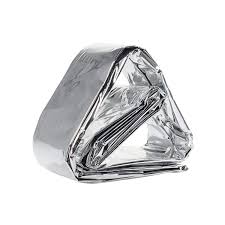
Benefits
It helps with recovery and increases comfort in a strange way. Yes, it warms you up, but somehow differently from a regular blanket. I can only describe the feeling as if my skin would sense the coldness of my surroundings similarly to not having the extra emergency blanket layer — yet, I am not feeling cold inside and my threshold for discomfort shifts to lower temperatures. This may also contribute to better sleep, as generally it is a good idea to keep your sleep environment cool.
Drawbacks
On the other hand, one has to be aware of the limits of emergency blankets: a regular blanket traps air for insulation, a different mechanism from simply reflecting light. If there is no air gap between your skin and an emergency blanket, it may even cool you down instead of warming you up, because it conducts heat away.
The same is true if the insulating layer between you and the emergency blanket is damp, which leads us to the next problem: lack of breathability. It acts as a vapor barrier, so by the morning you can expect some water to condense on its surface. For me, when I sleep in a fairly cool place, this is minimal. It’s something to keep in mind though, as you later have to allow that water to evaporate (so don’t fold your blankets in a bag right away).
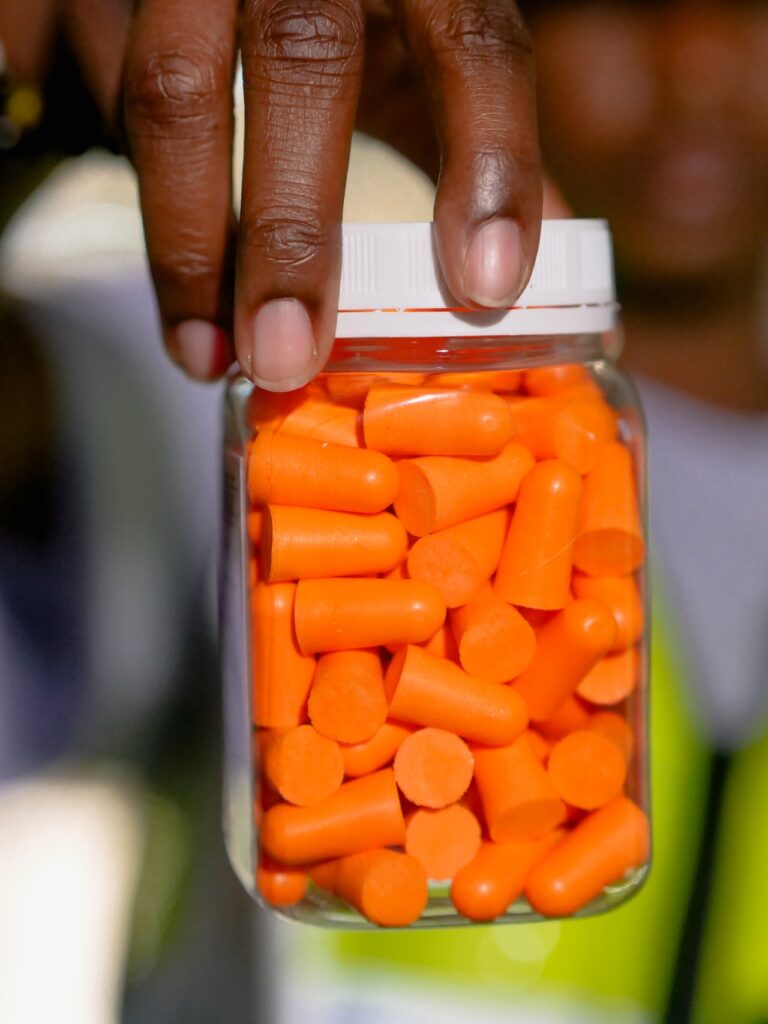
And finally, there’s one more drawback: the sound. It’s pretty much like tinfoil, maybe a little less loud, but not much better to be honest. So… if you have a skeptical mind, you might be wondering if my positive experience only comes from the operant conditioning of the noise making me turn less during the night (which is a correlate of better sleep).
Well, the lucky thing is that the cracking of an emergency blanket produces only high frequencies which are perfectly filtered out by earplugs. Too much bending of the material will eventually lead to tearing though — but, with some care, that only comes after years of use.
Wishing you silent, dark and cool nights!